As we handed our passports at the immigration counter in Baku airport, the official first looked for all the usual information - passport details, Azerbaijan visa validity etc. but then proceeded to carefully (visually) scan every single page in the passport! What he was checking was the presence of any stamps from having visited Nagorno-Karabakh, a country recognized by no one, but claimed by Azerbaijan. Evidence of having visited this disputed territory would have automatically disqualified us from entering the country. Not finding any tell-tale stamps, our passports were duly stamped for entry and we were welcomed in.
As we exited the airport, we were expecting to take a martshrutka (minibus) to the nearest metro station, so we could make it all the way on public transport. Websites about visiting Azerbaijan warn their readers about taxi drivers at the airport who would insist that there were no buses or that buses were not running on that day and that one should ignore these people and wait for the bus. And that is exactly what happened. No buses today, the taxi drivers insisted. When we approached the official Information Desk at the airport, they too corroborated the taxi drivers statements leading us to suspect if they were hand-in-glove with the drivers! But after waiting in vain for several minutes and not seeing a single bus arrive at the airport, we had to concede that perhaps there really was some systemic problem that day and took a taxi to the nearest metro station.
While these initial interactions in Azerbaijan were tinged with mutual suspicion, these impressions were rapidly replaced by more positive ones. Baku's historic heart is Icheri Seher, a Unesco-listed walled Old City. Our hostel was situated inside the crenellated fortress walls, and as we walked from the metro station just at the perimeter through cobbled streets and down quiet alleyways, we were totally sold on its charms.
Straying just a few minutes outside these walls, the Azeri capital reveals itself as a boomtown that is rapidly reinventing itself. A wide boulevard runs all along the Caspian Sea and is lined with grand buildings and interesting storefronts. All old buildings seem to have been torn down and in their place are grand constructions built in classical style. These buildings are tastefully illuminated at night making for a beautiful night skyline.
A long pedestrian promenade at the waterfront is dotted with interesting sculptures, green areas and is a pleasure to walk along. The place was more lively than usual during our stay since the FIFA Women's Under-17 World cup was in progress and there were several fan events organized on a stage built on the promenade. Fountain Square, Baku's central plaza that is busy with pedestrians throughout the day is a great place for people-watching. Within the Old City is the palace complex of the Shirvanshahs, the seat of northeast Azerbaijan's ruling dynasty in the Middle Ages. Most of the 15th century buildings have been painstakingly restored in the last decade and provide some insight into their regal lifestyle.
Caucasian countries are classified variously as being in Europe or Asia depending on the source and depending on the geophysical definition being used. For instance the Ural mountains are frequently considered to be the southern border of Europe and this would put Azerbaijan squarely in Asia. But Azerbaijan recently hosted the Eurovision song contest in Baku (quite a big deal in these parts) and it most definitely identifies itself as a European city. Despite being over 90% muslim, Baku is highly westernized both in dress and attitude.
During our stay, we joined a few others on one of the most popular day-trips from Baku, a visit the Qobustan Petroglyph Reserve. The Petroglyph Reserve lies about 60 km south of the city. It was established to protect a large number of caves with 600 odd petroglyphs that were discovered in this area. There is a world class interpretive museum with informative exhibits on the science behind studying petroglyphs and visiting the museum prior to actually visiting the caves was truly rewarding. Common themes included livestock, wild animals and human figures. One significant carving is that of a reed boat sailing towards the sunset. It was this particular image that triggered Thor Heyerdahl (of Kon-Tiki fame) to compare it with similar etchings in Norway and theorize that Scandinavians might have originated in Azerbaijan.
Some 10 kms further south is a field of what is referred to as mud volcanoes here. (Similar geothermal features are called mud-pots in Yellowstone). They are essentially mounds created due to oozing of mud and various gases from the belly of the earth and watching them belch and spew provides a few minutes of entertainment.
Between Baku and Qobustan, the road passes alongside the Caspian Sea and on either side you see innumerable number of oil pumps, some still drilling oil. At the southern limit of the city is an area especially dense with these rigs (also called nodding donkeys). It has been nicknamed James Bond Oil Field since it featured in the Bond movie The World is Not Enough. These drilling pumps are in-fact slowly being dismantled as most of the oil drilling is being moved further south down from Baku.
The driver who was taking us on the trip was an endless font of local knowledge and in addition to pointing out every single factory and oil rig, he kept up a steady monologue about Azerbaijan, its language, its politics, its relationship with Turkey etc. making this a very interesting trip. He informed us that he was a classmate of Ilham Alieyev, current President of Azerbaijan, and we have no reason to doubt that. The photos and sayings of Ilham Alieyev's father, Heydar Aliyev, a much revered figure who led Azerbaijan for decades, are plastered everywhere.
We saw a section of the Baku-Tbilisi-Ceyhan oil pipeline that was completed a few years ago and is now pumping Caspian oil all the way to Turkey. With the establishment of this lucrative oil pipeline, Azerbaijan is aggressively focused on urban renewal and we saw the beginnings of several development projects that were either underway or getting started. A new bridge spanning a section of the Caspian Sea connecting towns south of Baku directly to the city center has been started. Also under construction is a massive artificial archipelago (like the Palm Islands of Dubai) on the Caspian Sea and the piece de resistance is to be a hotel taller than the Burj Khalifa.
Besides these projects Baku is also home to some architecturally interesting buildings. The iconic Flame towers (with 3 buildings forming tongues of flame) is lit up each night and can be seen from almost anywhere in Baku. While the exterior of the building looks finished, its interior is still being constructed. (Natural gas, flame, see the connection ?). The new carpet museum has been designed to resemble a rolled up carpet. The entrance to all metro stations are glass pyramids, similar to the one at the Louvre. The old funicular has been renovated and now has a futuristic design. The pace at which construction is being undertaken in this city, it would be interesting to compare yearly photos in the future to see how this dynamic city evolves!
Google Maps Link
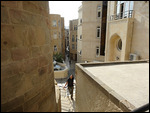
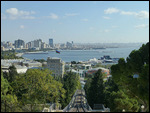

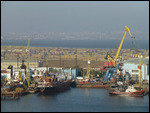
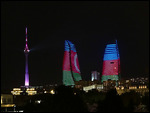

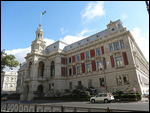

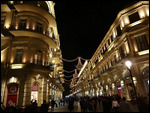
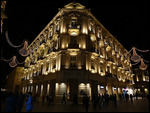

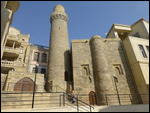
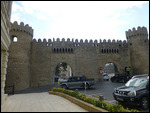
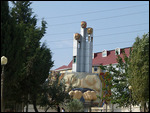
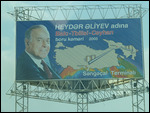

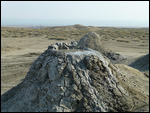
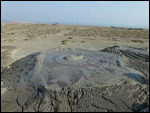
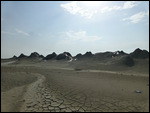

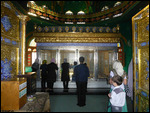

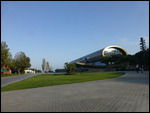
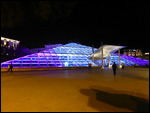

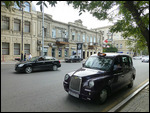
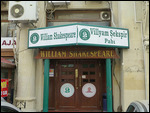

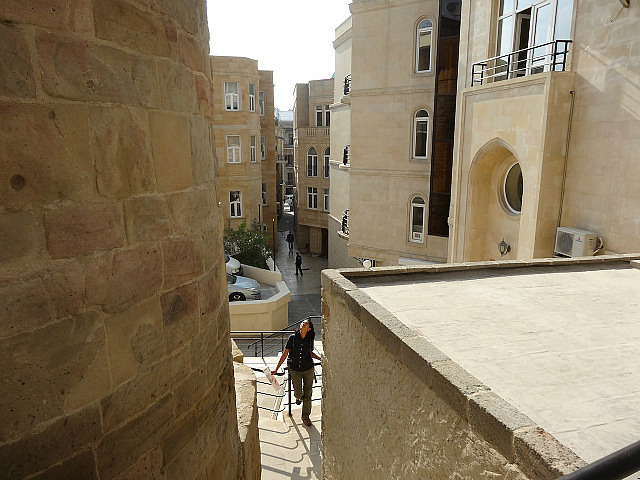
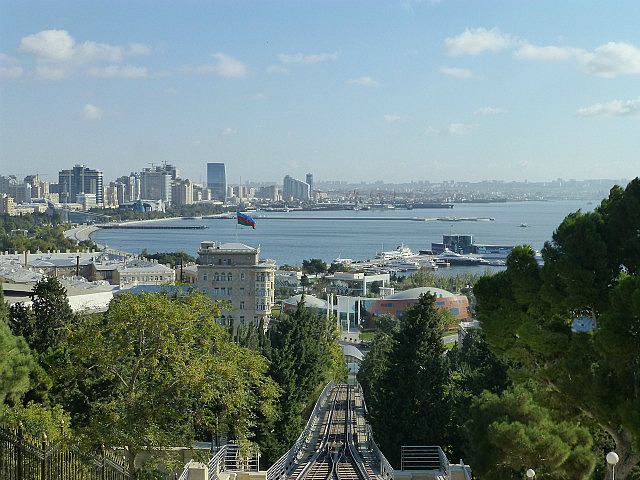
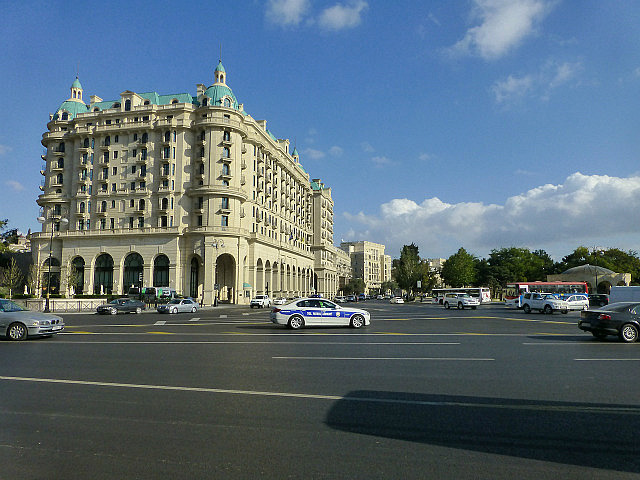
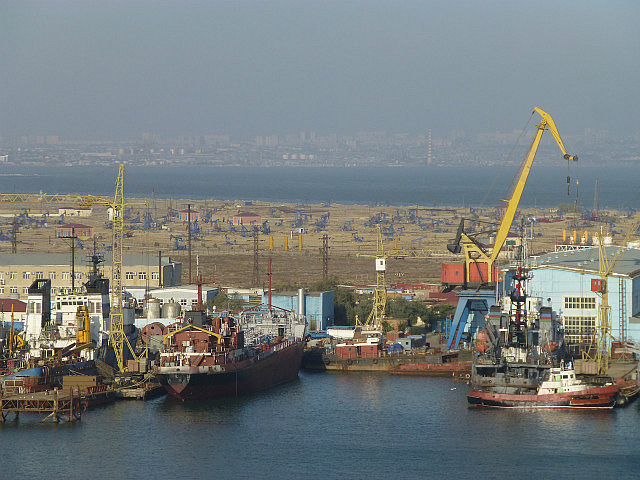
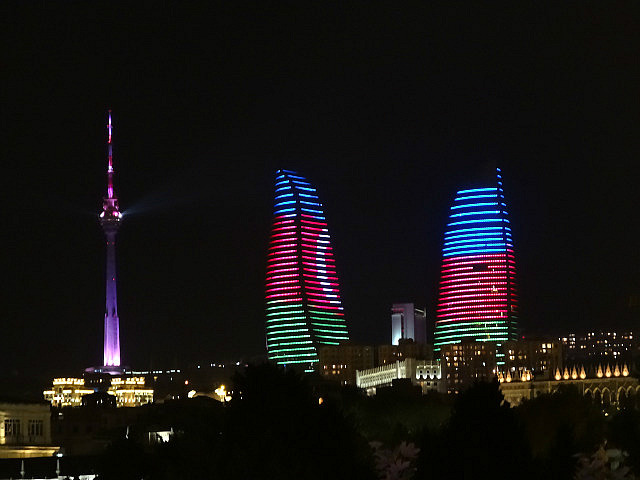
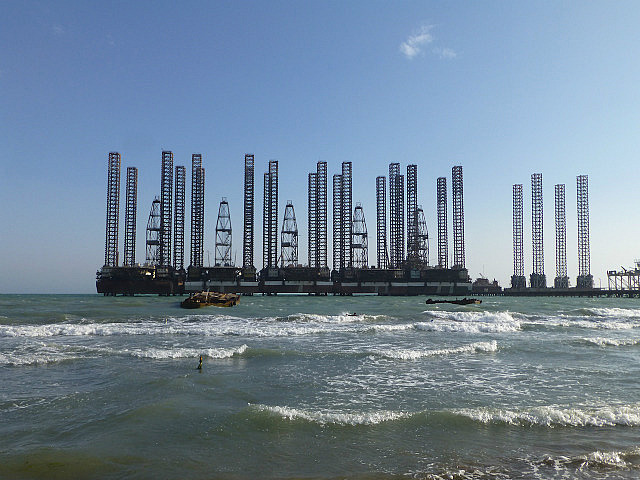
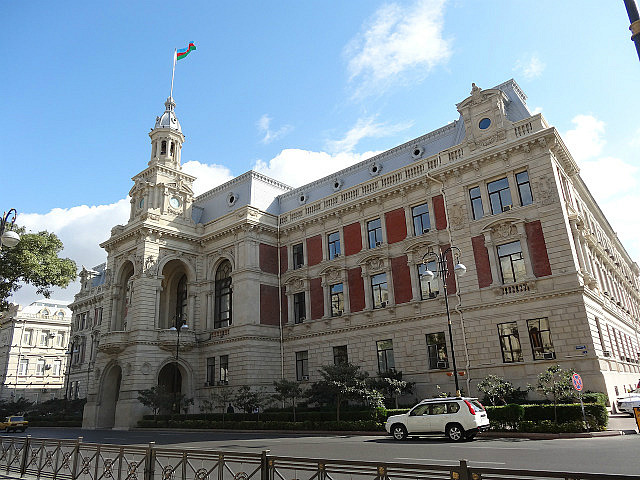
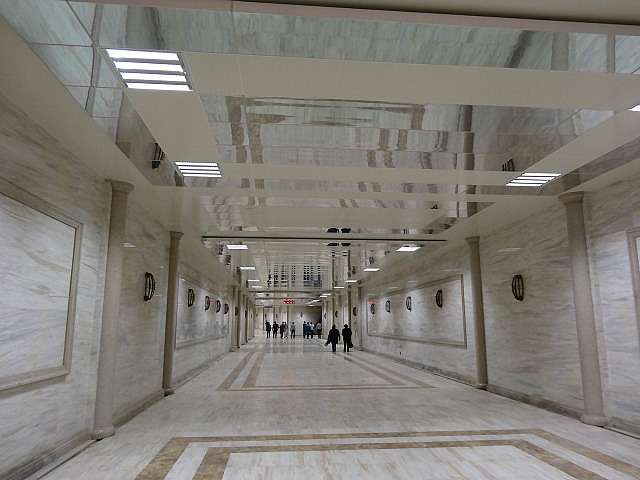
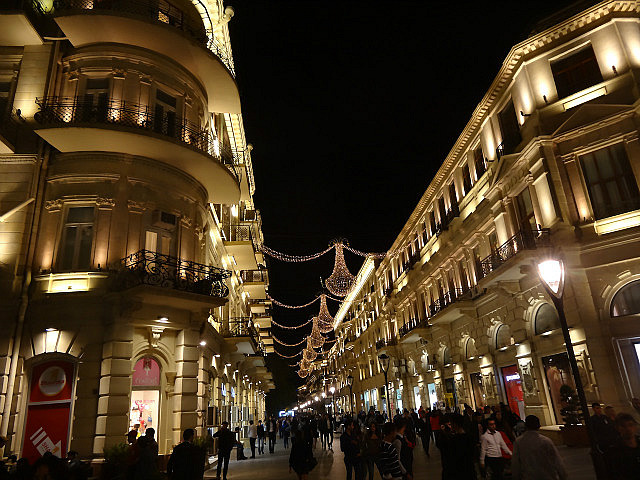
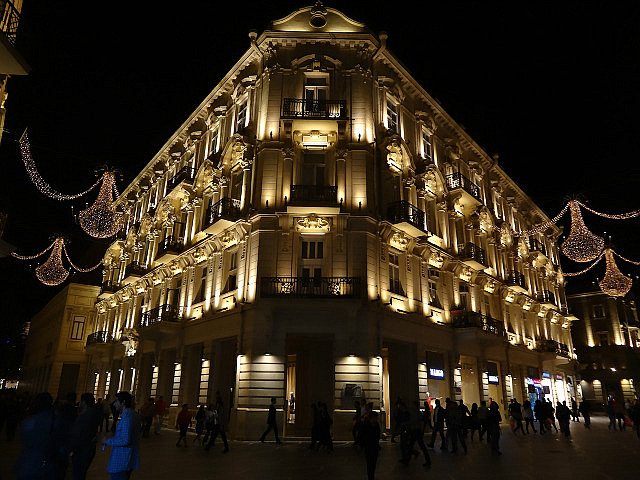
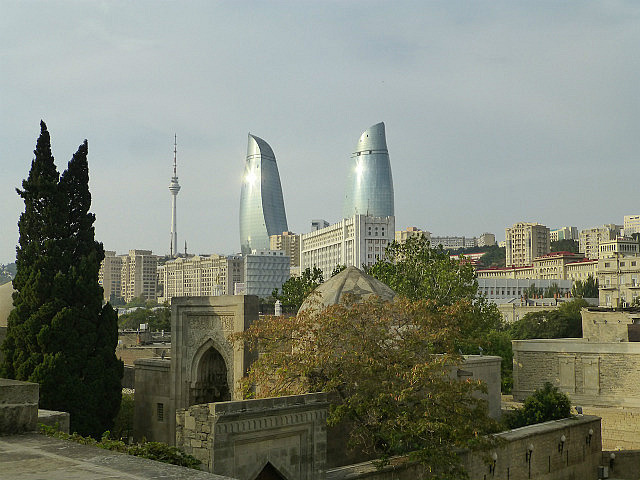
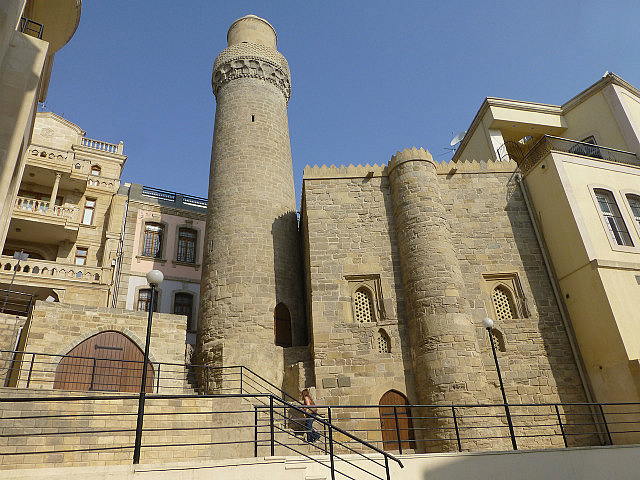

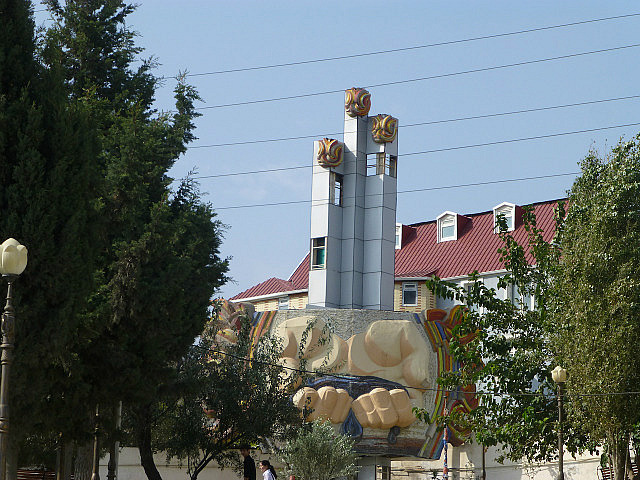
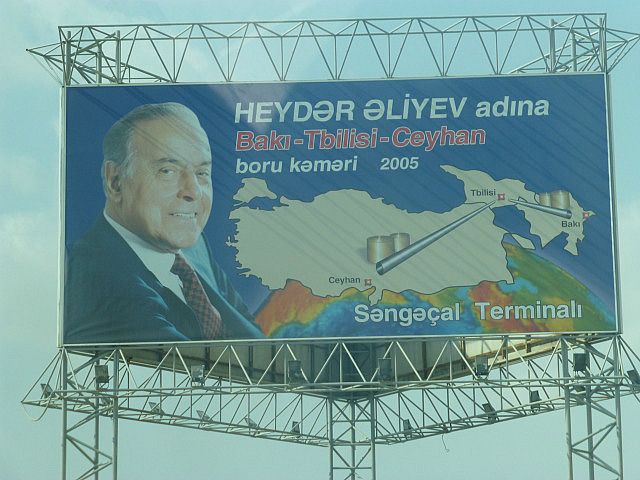

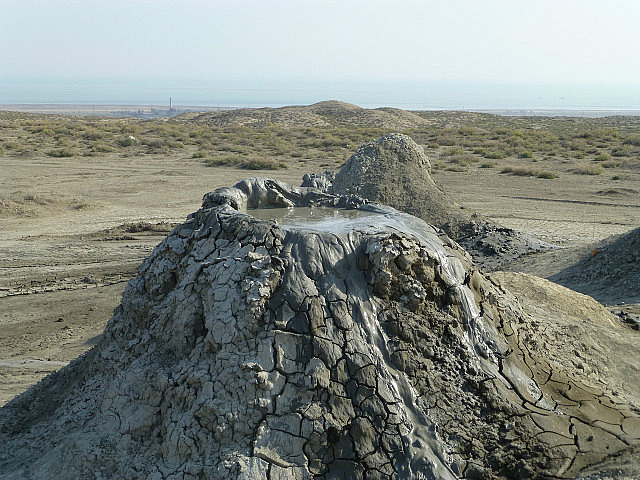
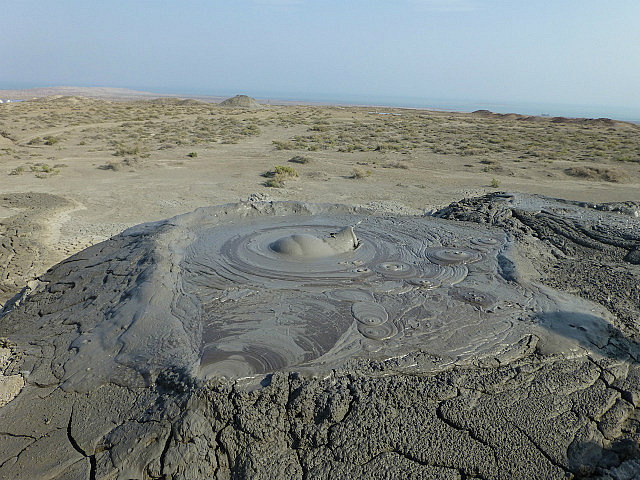

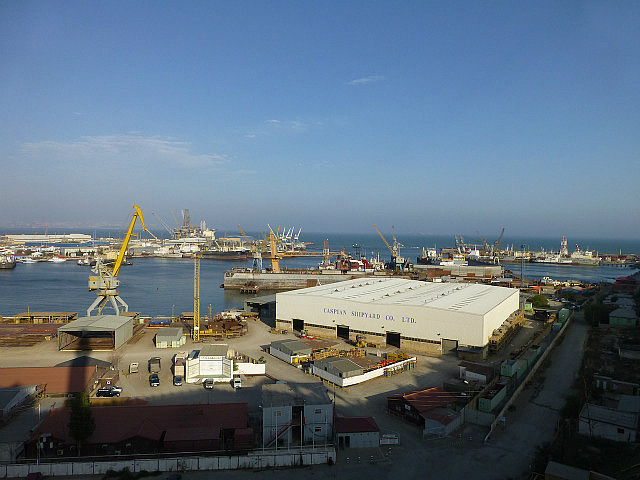
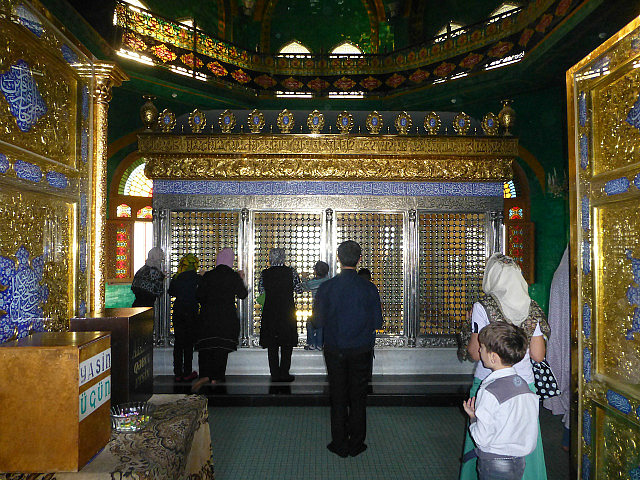
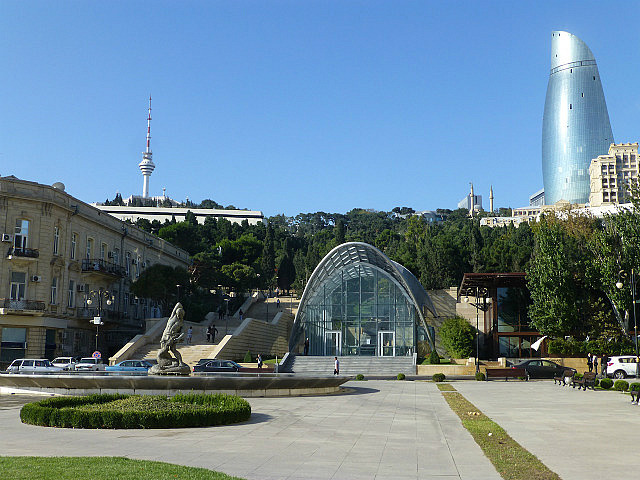

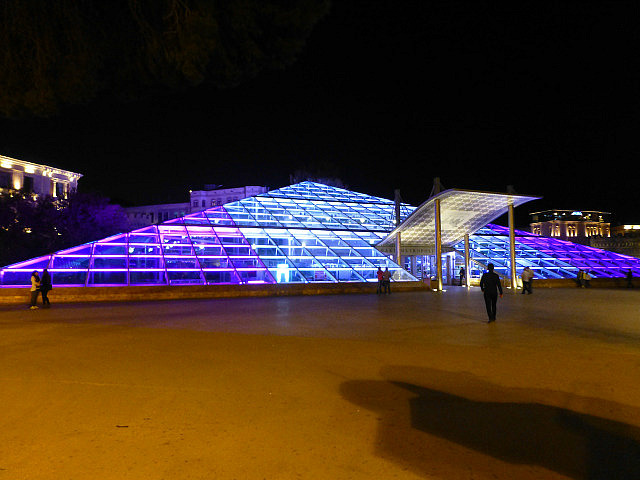
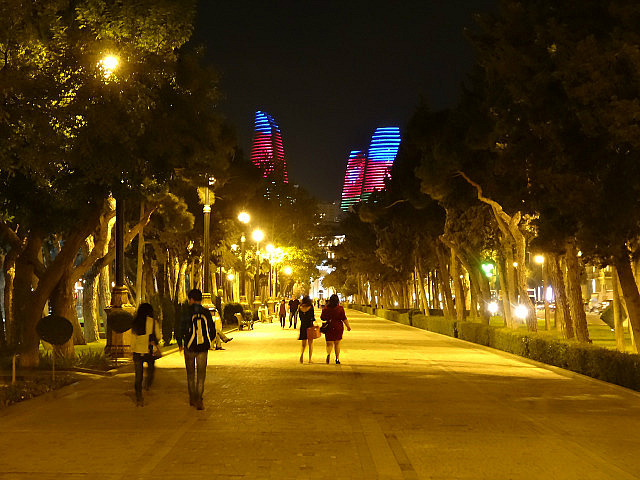

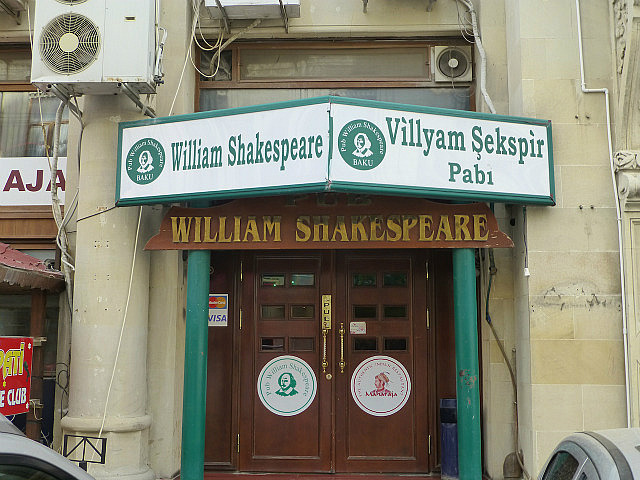
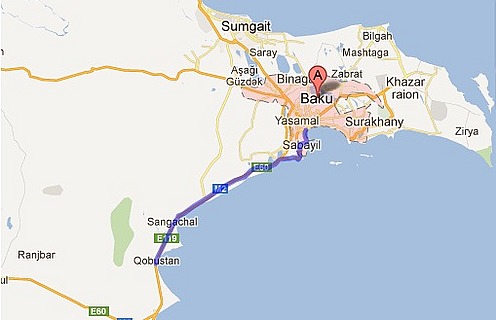
Comments